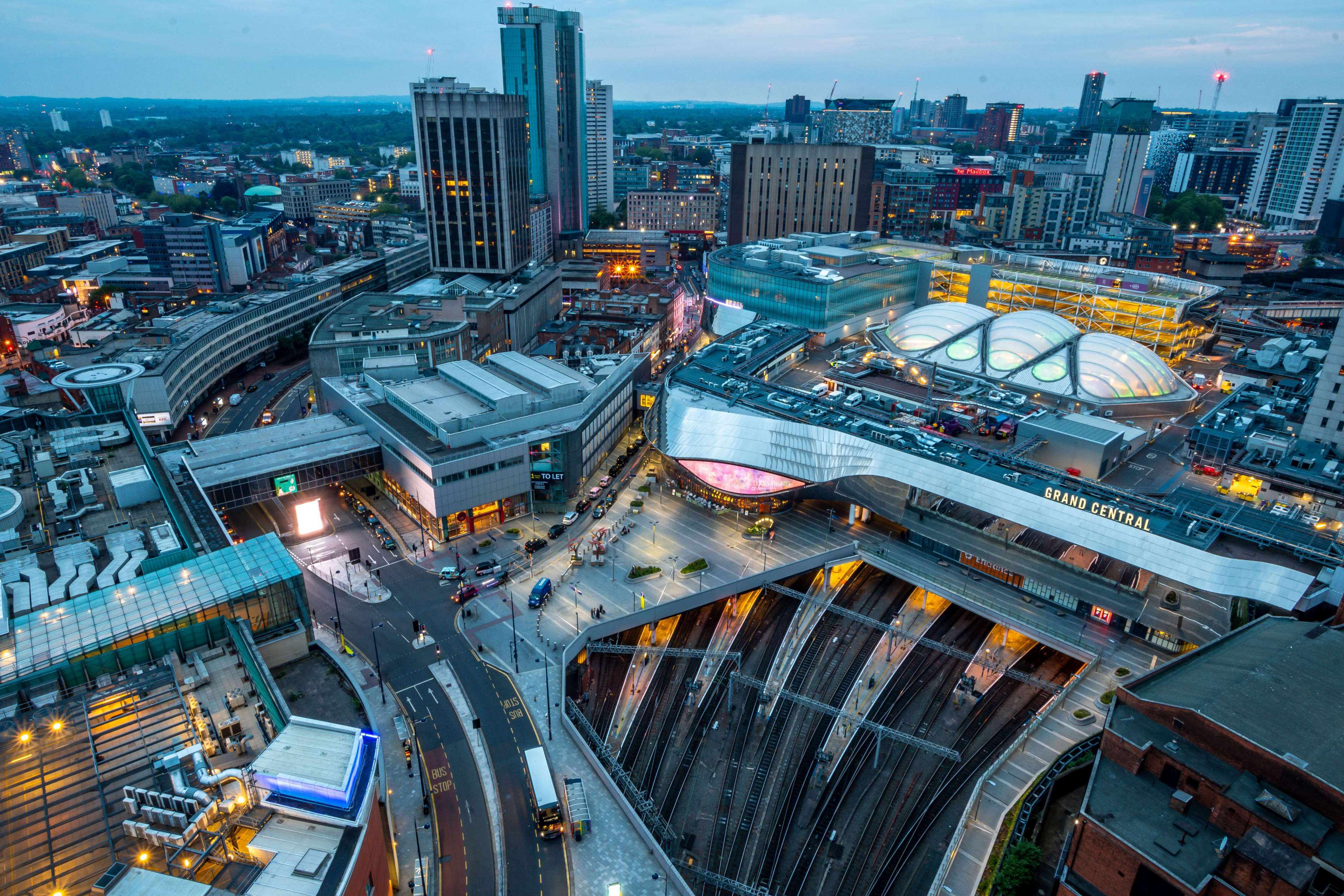
We caught up with one of our partners, Charles Warrack, based at our new central Birmingham office to find out why he felt he was seeing a shift in the commercial and buy-to-let residential market towards a preference to work with what is already on a site, rather than looking to build brand-new.
The regeneration of historic buildings into new commercial and residential opportunities as opposed to constructing from scratch is set to increase into 2024. This is partly down to regenerated buildings having a reduced carbon footprint, as well as the generally quicker turnaround of completing the sale.
Buyers pay an increased premium for sites with change-of-use planning permission already in place, or permission to build further units on existing land, as fewer are willing to try and seek permission themselves with backlogs in the planning system slowing progress. With interest rates predicted to stabilise in 2024, I believe that demand will increase and that sites with permissions will attract even more attention.
While regenerated buildings and sites with consent for changes have always been more desirable, we are seeing this demand increase as 2024 begins and we think it will only increase further when borrowing costs come down.
In the past, conditional offers subject to gaining permission may have been suitable for particular sites, but now it is almost always worth it to get that change-of-use permission first as the time and money needed to secure consent is almost always paid back from the sale. When we are acting on behalf of vendors, we often advise them to work with our planning team to earn the relevant permissions before looking to go to market.
This trend has been highlighted by recent market opportunities in the Midlands, including the sale of a retail unit in Walsall with permission for the top two floors to be converted into 13 residential apartments, and a children’s play centre in Cradley with permission to have two flats on the first floor.
The sale in Cradley is particularly interesting due to the change of use permission for the first-floor flats, but there is also planning consent to convert the adjacent barn into three terraced houses and for two detached houses to be built on the grounds. Sites like this, where historic buildings can be converted and new buildings created, offer the best of both worlds to buyers assuming consent has been secured.
ESG is becoming increasingly more important for buyers, so buildings which can be renovated to a high specification are seeing significantly more interest. It is often more energy-efficient to work with what you have rather than building it from the ground up. However, the scope to also build on-site alongside a conversion gives a buyer a chance of additional income after they have finished their renovation on the existing building. When borrowing and the cost of materials improve, we expect demand for these kinds of opportunities to rise significantly.
We encourage any landowner with disused assets to contact our property agency consultancy team to discuss their options.





